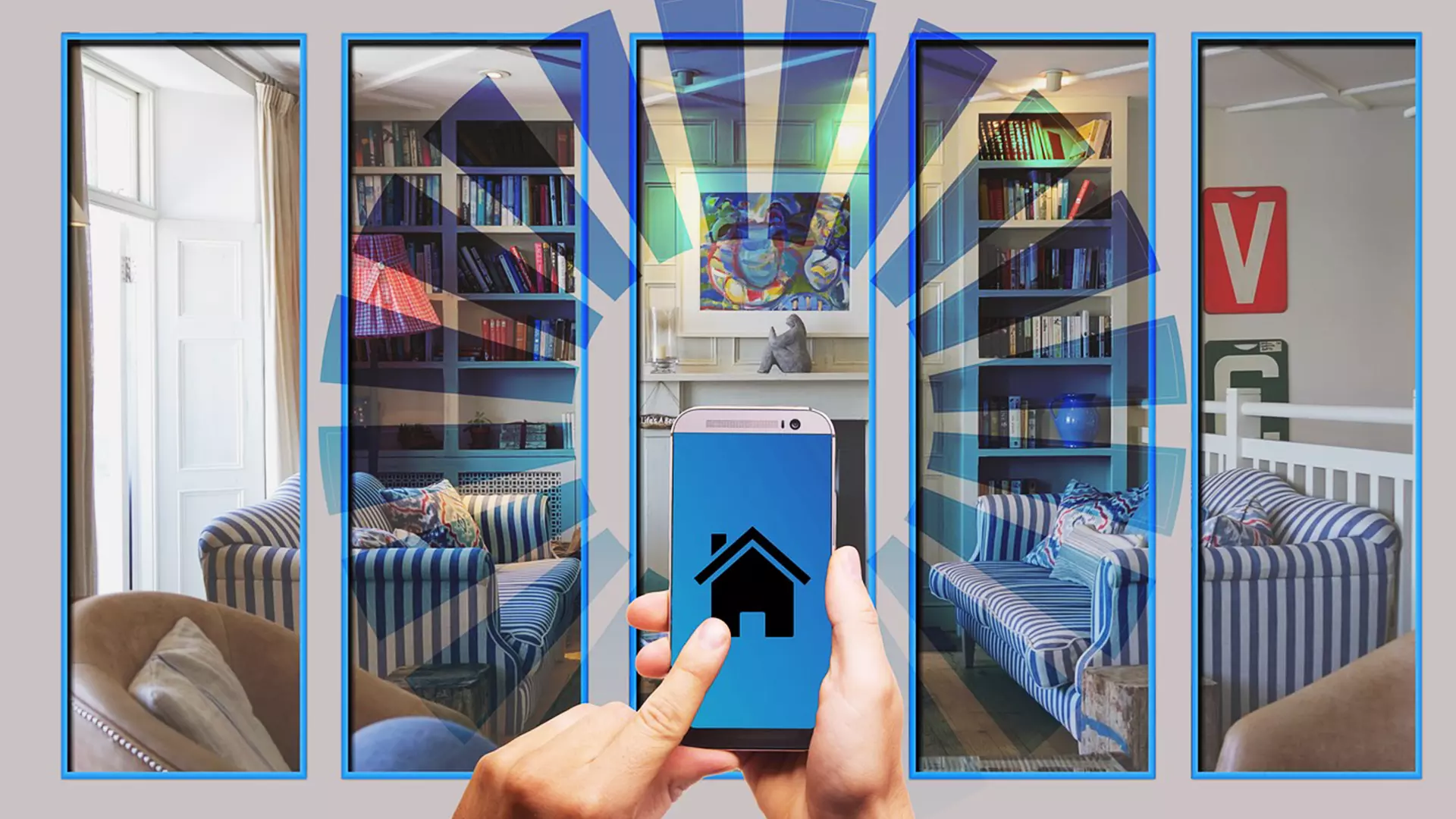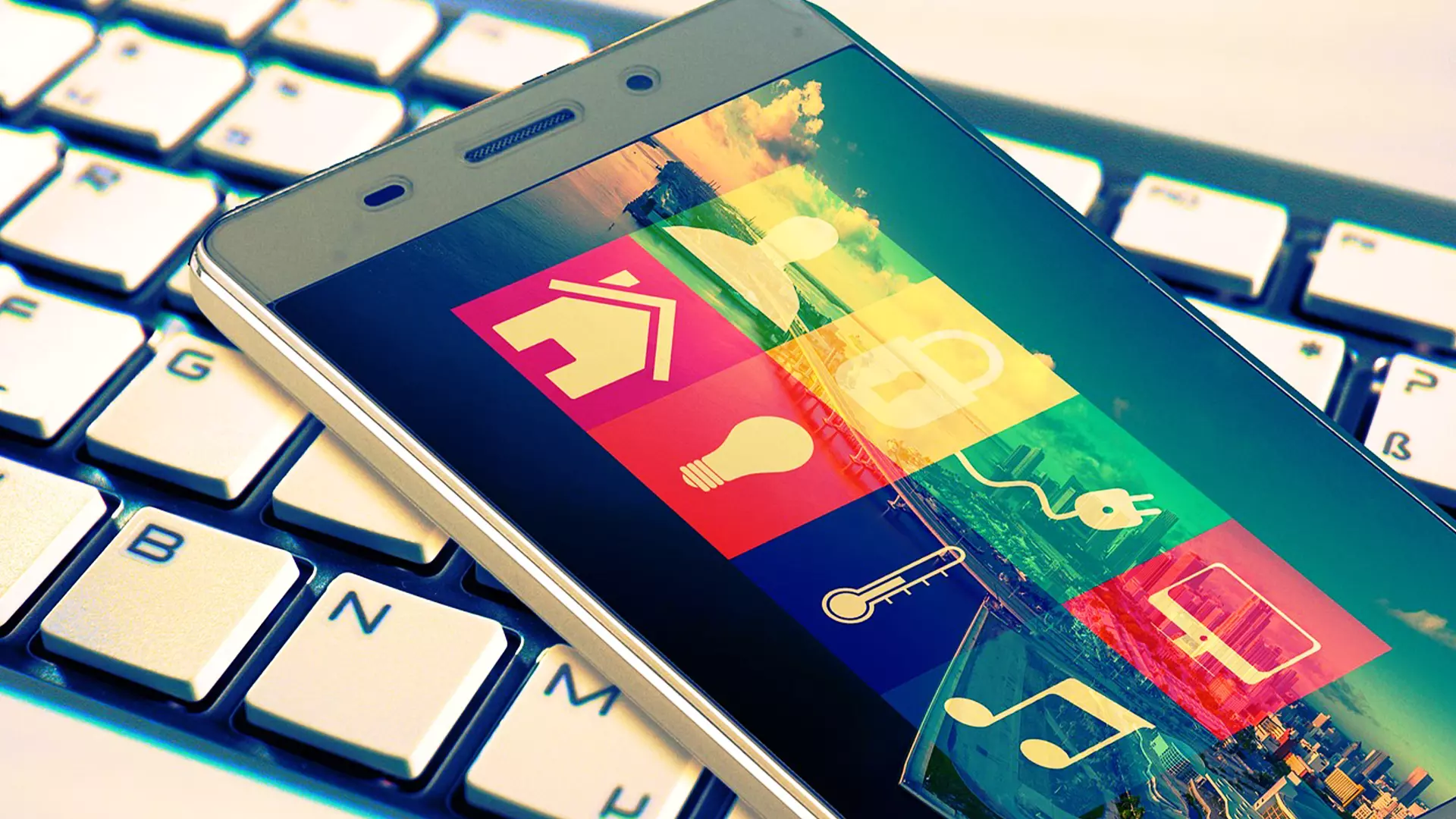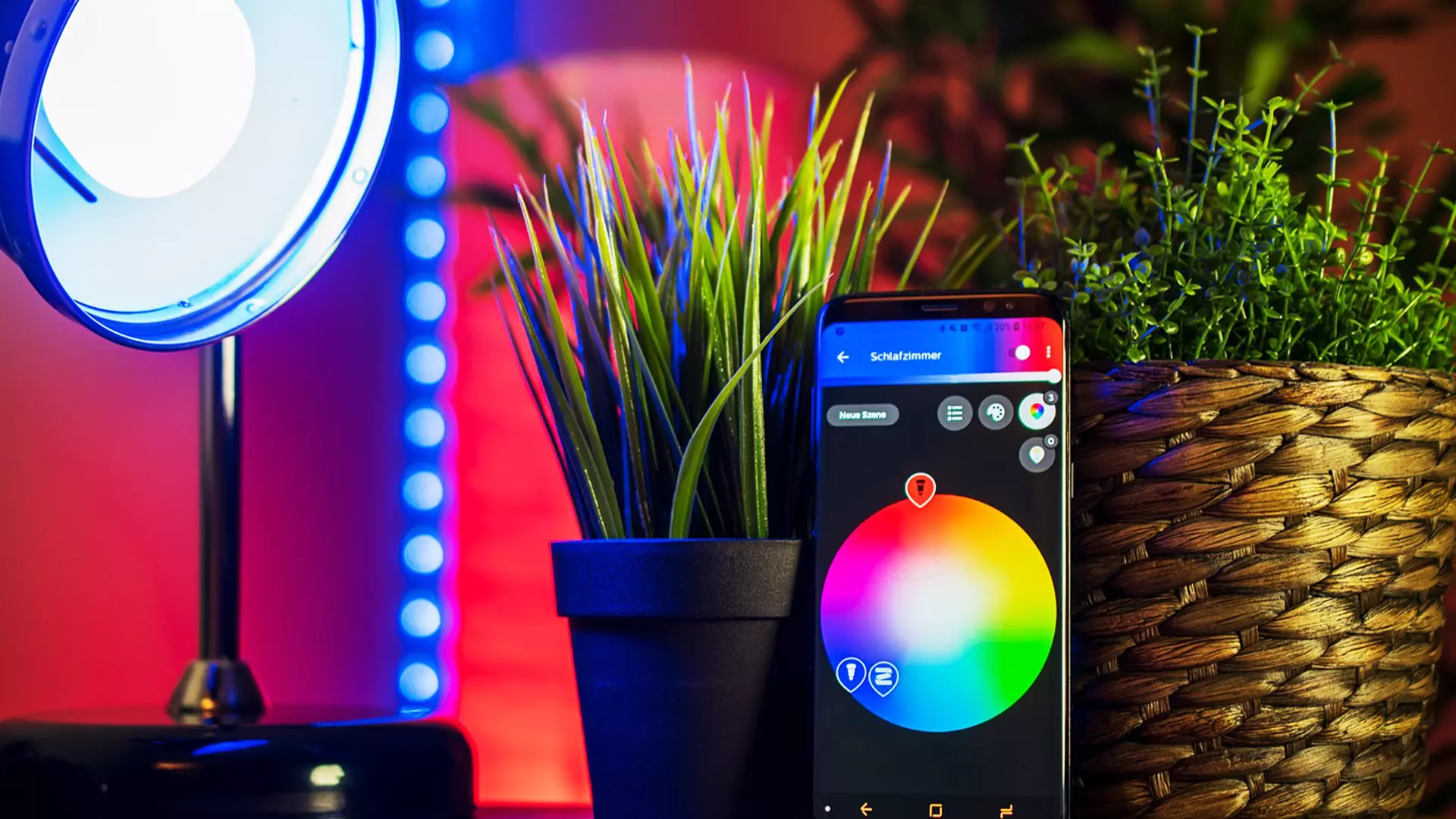
- Home
- India
- World
- Premium
- THE FEDERAL SPECIAL
- Analysis
- States
- Perspective
- Videos
- Sports
- Education
- Entertainment
- Elections
- Features
- Health
- Business
- Series
- In memoriam: Sheikh Mujibur Rahman
- Bishnoi's Men
- NEET TANGLE
- Economy Series
- Earth Day
- Kashmir’s Frozen Turbulence
- India@75
- The legend of Ramjanmabhoomi
- Liberalisation@30
- How to tame a dragon
- Celebrating biodiversity
- Farm Matters
- 50 days of solitude
- Bringing Migrants Home
- Budget 2020
- Jharkhand Votes
- The Federal Investigates
- The Federal Impact
- Vanishing Sand
- Gandhi @ 150
- Andhra Today
- Field report
- Operation Gulmarg
- Pandemic @1 Mn in India
- The Federal Year-End
- The Zero Year
- Science
- Brand studio
- Newsletter
- Elections 2024
- Events
Smartifying life: How far are we from homes that will think, act on our behalf

The best scenario of a ‘smart home’, the buzz around which grows by the day, is much like the panache of James Bond movies. The smartest one will know when you wake up, and draw the curtains. A smart plug, which also listens to voice commands, will ensure that water is at a comfortable temperature when your shower. A washing machine will learn to adjust water and detergent according to...
The best scenario of a ‘smart home’, the buzz around which grows by the day, is much like the panache of James Bond movies. The smartest one will know when you wake up, and draw the curtains. A smart plug, which also listens to voice commands, will ensure that water is at a comfortable temperature when your shower. A washing machine will learn to adjust water and detergent according to load option. Smart mirrors will sense your well-being and toilets will evaluate urine and stool samples to monitor health issues. If you have a smart coffee machine, your coffee will also be already poured and waiting. It will automatically detect when the house is empty and lock the doors, engage the security system and turn off the lights and air-conditioning. If you want to check on pets, you can do so via webcams. Before you reach home, a smart kitchen can even begin preparing a pre-selected dinner. And, finally, when you are ready for bed, smart mattresses will even adjust to your back.
Best scenario aside, even technology to take care of routine tasks such as operating lights, fans, air-conditioners, door locks, home theatre, and security system is already roosting in many households across Indian cities today — with their seamless integration helping to control virtually every aspect of daily life, even entertainment. All one needs to do is tap a smart device or give a voice command.
Market momentum
While it is true that the market is still nascent, confined to select cities, and many a time even hiccupping over wireless connectivity and a purported lack of standardisation of devices, “the buzz is real, loud, and growing” says Pradeep Dakhara, sales executive of Gujarat-based OOB Smart Home, adding that rise in disposable income and rapid expansion of smart cities is only giving more fillip to aspirations that were set in motion when the world was trying to cope with life during the coronavirus pandemic in 2020-2021.

India’s home automation market which was cruising at a value of US$1,790.9 million in 2018 has since grown in leaps and is projected to be worth $13,574.1 million by 2026. Photos: Pixabay
New Normal norms following the pandemic changed quotidian life. Minimising close human interactions became imperative and, more than ever, we began to use technology and its many innovations to help side-step the challenges of the times. For professionals and entrepreneurs residing in India’s metros and smart cities, applying smart technologies to create homes that were both work-productive and entertainment havens were thus axiomatic. Interestingly, the first device to gain market momentum was the robot vacuum cleaner. Others would rapidly follow—from smart lock systems to video doorbells, smart lighting, et al.
In 2021, Schneider Electric even announced a partnership with Livspace, a home interiors and renovation platform, to combine its advanced home automation technology with the latter’s expertise in interior design.
India’s home automation market which was cruising at a value of US$1,790.9 million in 2018 has since grown in leaps and is projected to be worth $13,574.1 million by 2026 — growing at a CAGR of 29.8% according to market analytics and business research company, Prudent Markets. Of course, this is also being attributed to rapid technological advancements in Internet of Things and Artificial Intelligence. Home automation is related to the Internet of Things.
The concept of devices — from your car to your watch to things at home — being ‘smart’ is related to their ability to connect to the internet and respond to commands. In a convenient home, appliances and devices are controlled remotely, from anywhere in the world, using a mobile or other networked device. In short, in a smart home, all devices and its functions are interconnected through the internet.
In the past
The infancy of smart homes can be traced to the 1960s, when American hobbyists built integrated home infrastructure. The General Electric Company was among the pioneers in developing products for smart homes then, which included automatic dishwashers and microwaves. In the 1970s, a simple integrated home device known as X-10 was also developed by using basic wiring and numerical codes to sync household appliances.

In a convenient home, appliances and devices are controlled remotely, from anywhere in the world, using a mobile or other networked device.
However, it was only when radio waves began to be exploited for home automation that there was a leap. Today, five decades later, each device in a smart home network is radio-wave dependent, with a unique IP address that is connected directly or indirectly to the home WiFi, and linked to a central point — a laptop, a tablet, a smartphone or any other smart device — that tells it what to do.
Intelligently does it
Technology, via multiple smart applications or even integrated into a central dashboard, not only gives you control of your home, it also ensures 24/7 comfort and convenience, easy entertainment, safer security — ultimately saving time and effort spent in daily chores. They help personalise your lifestyle — from regulating the light system simply by sensing the overall luminosity to controlling the ambient temperature, drawing curtain blinds as programmed or commanded, switching on electrical appliances when asked or switching off when not in use, and so on.
According to Priya Kumar Singha, technical head at Guwahati-based Platio Technologies, “In India, home automation is largely about energy-efficiency and security. By allowing you to control lighting, heating, and cooling systems, it helps save a significant amount of energy.” Then there are solar panels, which if placed on your roof, can be connected to your smart home, ensuring that its energy levels are always optimal.
Smartifying the old
There is also the convenience of retrofitting: with older air-conditioners and televisions being modifiable to make them smart. Schneider Electric’s Wiser, for example, converts your home into a smart one, without extra or new wiring and with three interfaces — Voice, App and even the existing switch of your home. The interfaces are not just user-friendly, they help customise — justifying the whole point of living in an automatic house. Then there is Smartify, which claims to handpick some of the best devices from around the world to give you a wireless home automation system, operated through voice or device. “OBB Smart Home’s Coral Series is like a genie. Simply install it behind existing switchboards and viola: your ordinary appliances and lights turn ‘smart’,” says Dakhara.
To be or not to be
A technology that intuitively anticipates and automates needs at home, is impressive. Edge computing as this technology is labelled — because it is close to home and relies on internet connectivity at the edges of networks — is riding on constant innovation. Low-cost and low-energy sensors and processors, the latest in Artificial Intelligence and Machine Learning are all coming together to create convenience, making you comfortable and secure. Motion sensitive cameras observe activities and initiate emergency alarm or inform when a visitor is at the door. They alert you when a parent falls or if a child wanders near a potentially dangerous appliance. In your intuitively smart home, you can enjoy music or watch movies from any part of the house. You can also remotely monitor and control your home from anywhere in the world at any time. The possibllities are endless.

Low-cost and low-energy sensors and processors, the latest in Artificial Intelligence and Machine Learning are all coming together to create convenience, making you comfortable and secure.
Which brings us to a catch: true your smart home hub is your BFF, but would you want it to know everything about you? Or be vulnerable to online assaults? “The potential challenge here is data security and privacy. Ensuring robust encryption and secure authentication is therefore crucial,” cautions Mumbai-based IT specialist, Ravi Iyer. Tourism professional and ‘smart home’ owner Arijit Purkayastha agrees: “The trick is in plugging holes as per your privacy needs. Moreover, the ‘stealable data’ of your smart home is not a patch on the amount of individual data that is already up on social media.”
Of course, there are horror stories like the one of a man in England who spent 11 hours trying to make a cup of tea with his WiFi kettle because the base station was not able to communicate with the kettle. “But that was in 2016. The future is now here, and with Artificial Intelligence taking over so many crucial areas of our life, even medical diagnostics, integration between devices of our smart home hub is not a misery,” laughs advertising executive Nadia Lewis who has been living in her new ‘smart’ Mumbai home for over six months now. For tech-driven millennials with disposable income and living a fast-paced lifestyle, the advantages of a smart home often outweigh its drawbacks. Smart homes, as Gen Z would say, are ‘lit’.
